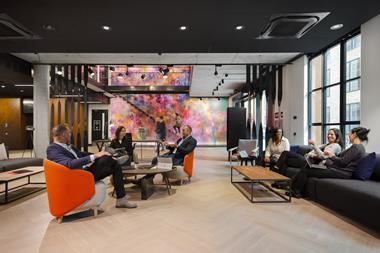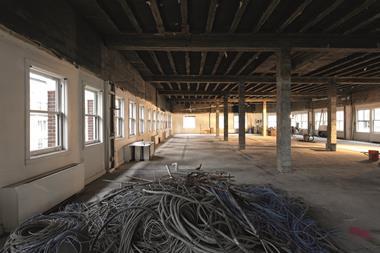Editor: Commercial real estate landlords and managers believe they have a pretty good handle on who millennials are and what they want from their workplace: stripped-back offices, funky seating, industrial-style lighting, coffee and beer on tap and a few splashes of colour. But do they?

There is a real danger in using a broad definition for a whole generation to guide asset management strategies. This approach presents two problems.
First, tastes change. If landlords believe millennials can be satisfied for the next 10 years by mirroring successful co-working models, they will forever be playing catch-up. Most landlords redesign office space around every 10 years, so are in danger of failing to cater to changing occupier demands.
Second, as real estate becomes more consumer-focused, it is not enough for landlords to assume every user of a space is satisfied by the same things. Instead of asking: “how can I understand what millennials want?” landlords and managers should be asking: “how can I understand what the end user of my own space wants?”
An excellent place to start is with tenant experience apps like ours, which allows for direct communication between landlords and individual users, establishing a dialogue with a whole building, not just a few tenant representatives.
Our data analytics tools allow owners to monitor what events and experiences are popular and which amenities are most used. This vital data means landlords and managers can make effective decisions based on what occupiers in their own buildings want. This kind of flexible approach will keep all users happy, regardless of which generation they belong to.
Adam Malik, head of business development, UK and Ireland, Equiem





























No comments yet